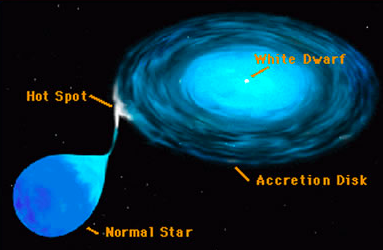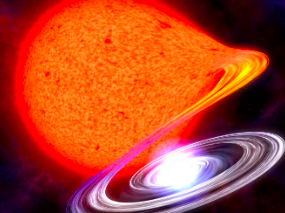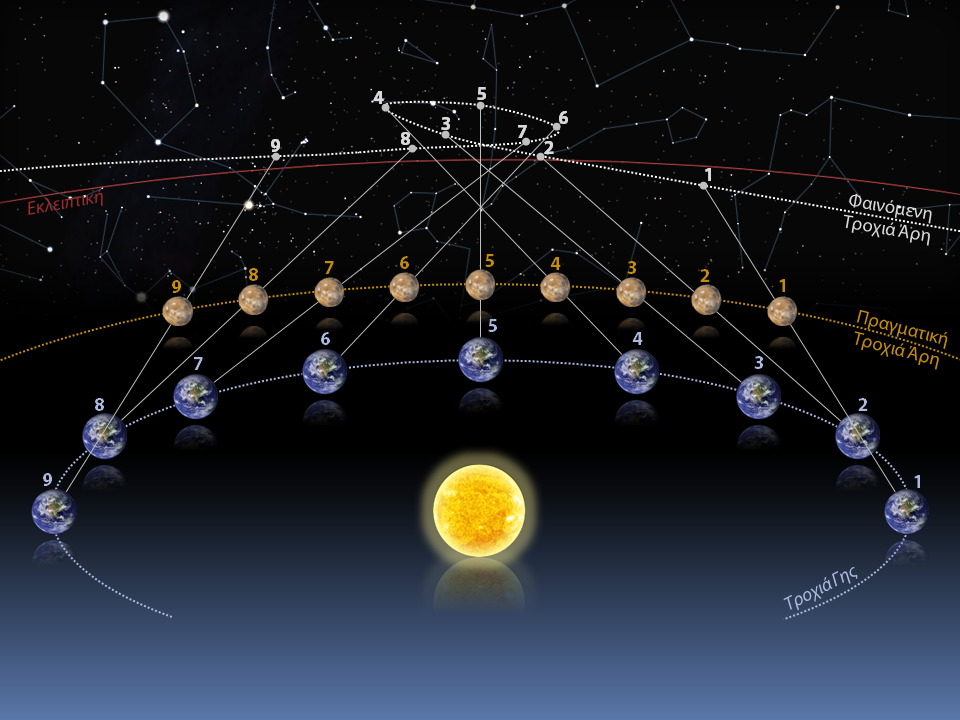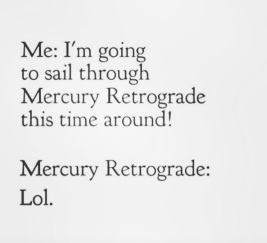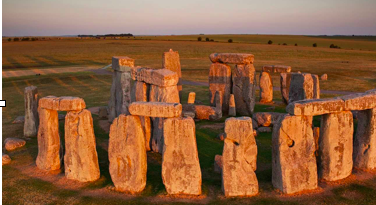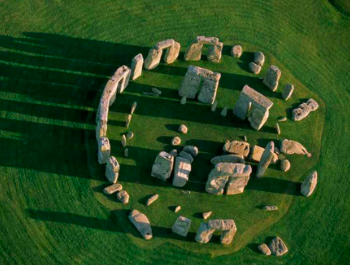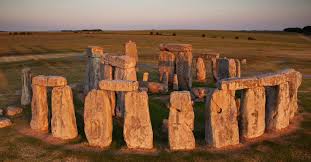The biblical tale of Moses parting the Red Sea to free the Israelites from the Egyptians is a story still shared throughout the world today. However, a lesser known rendition of the tale involving tigers and an old woman exists just off the coast of the Korean peninsula.

Two South Korean islands, Modo and Jindo, are usually separated by the Yellow Sea. However, two or three times a year in late spring or early summer, the water parts to reveal a narrow 1.8 mile path that connects the two islands together. An annual festival surrounds one of these times, where hundreds of thousands of locals and tourists flock to the islands to walk across the land bridge that is present for only an hour and half. Events are scheduled over the four-day festival, but the main event is the walking of the narrow, sometimes precarious path, from one island to the other. The cause of the mystical land bridge is simple – tides. When the controllers of the tides, the Sun and Moon, line up just right with the Earth, a higher high tide and a lower low tide are the results. The extremely low tide just so happens to part around the sediment that has become the land bridge.
Before tidal science came along to announce the real reason behind the parting of the sea, local peoples attributed the parting of the sea to a mythological happening. Legend states that parting of the sea comes from an ancient time when tigers inhabited that island of Jindo. However, when the tigers started attacking peoples and their villages, everyone flocked to the neighboring island of Modo. Inevitably, only one human inhabitant remained – an old woman named Bbyong. The lore continues that she prayed to Yongwang, the god of the ocean, every night until she dreamed that a rainbow would appear over the sea, parting the water and allowing her to escape. So, she traversed out to sea, and the water, as she dreamed, miraculously parted and the rainbow appeared as Bbyong saw her family coming to meet her in the middle of the islands. This story is the reason why traveling from one island to the other across the land bridge is a tradition that continues to this day.


